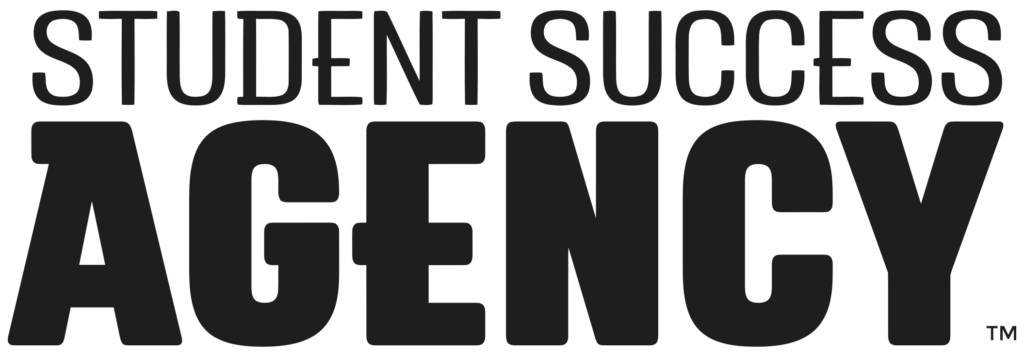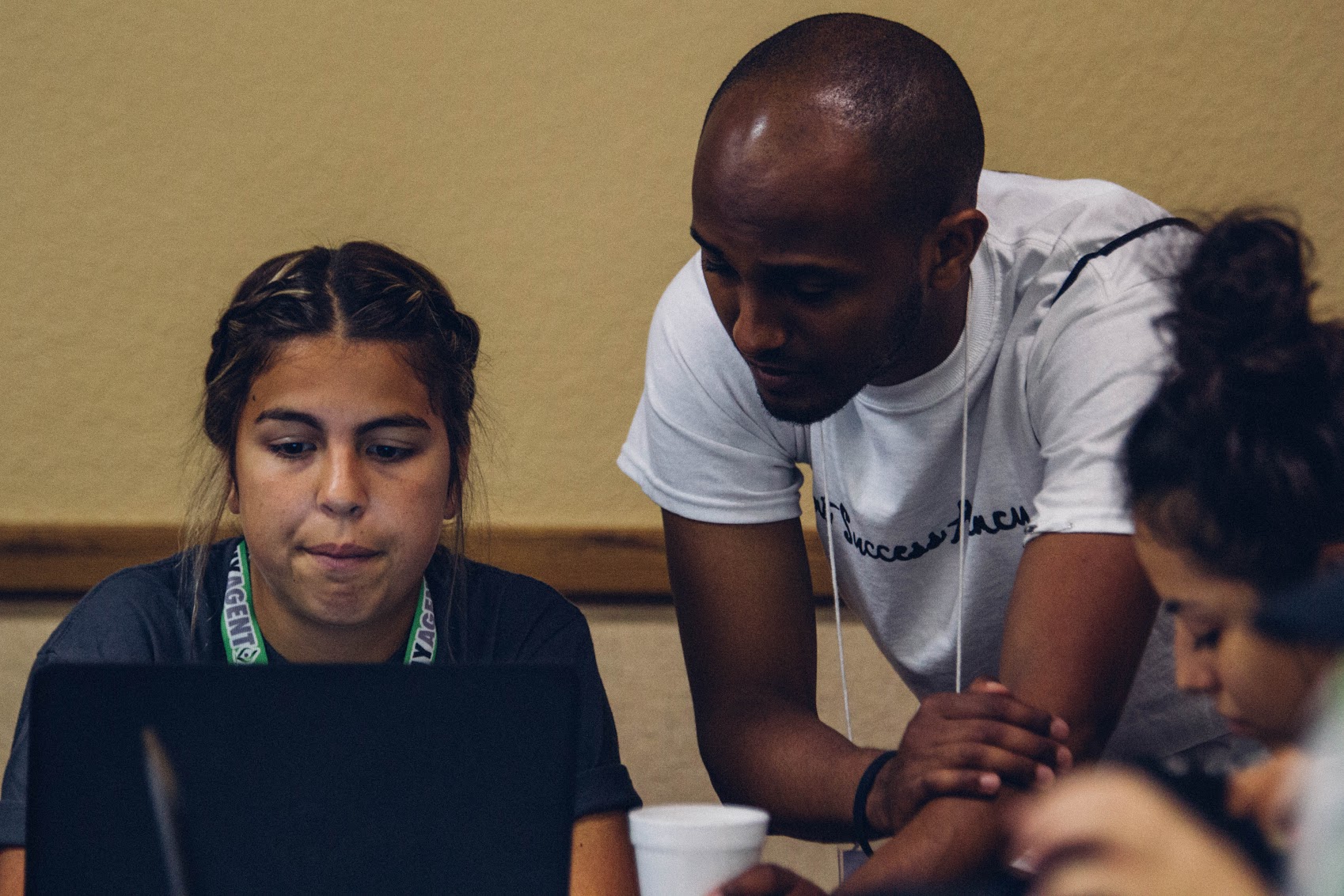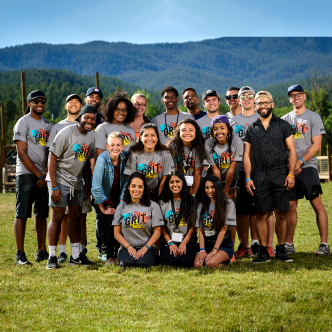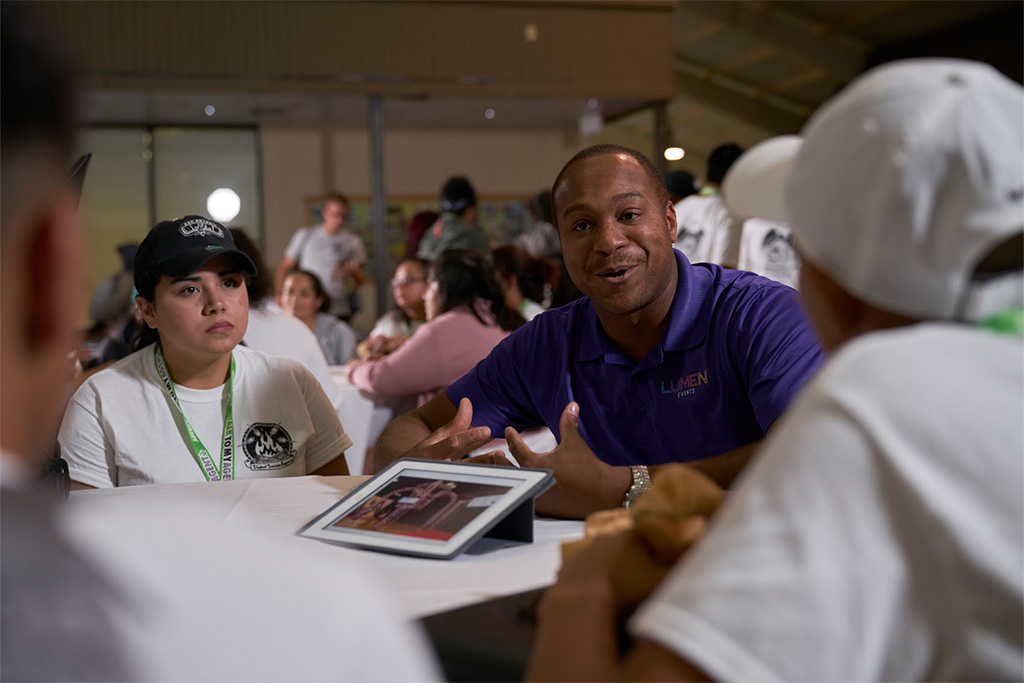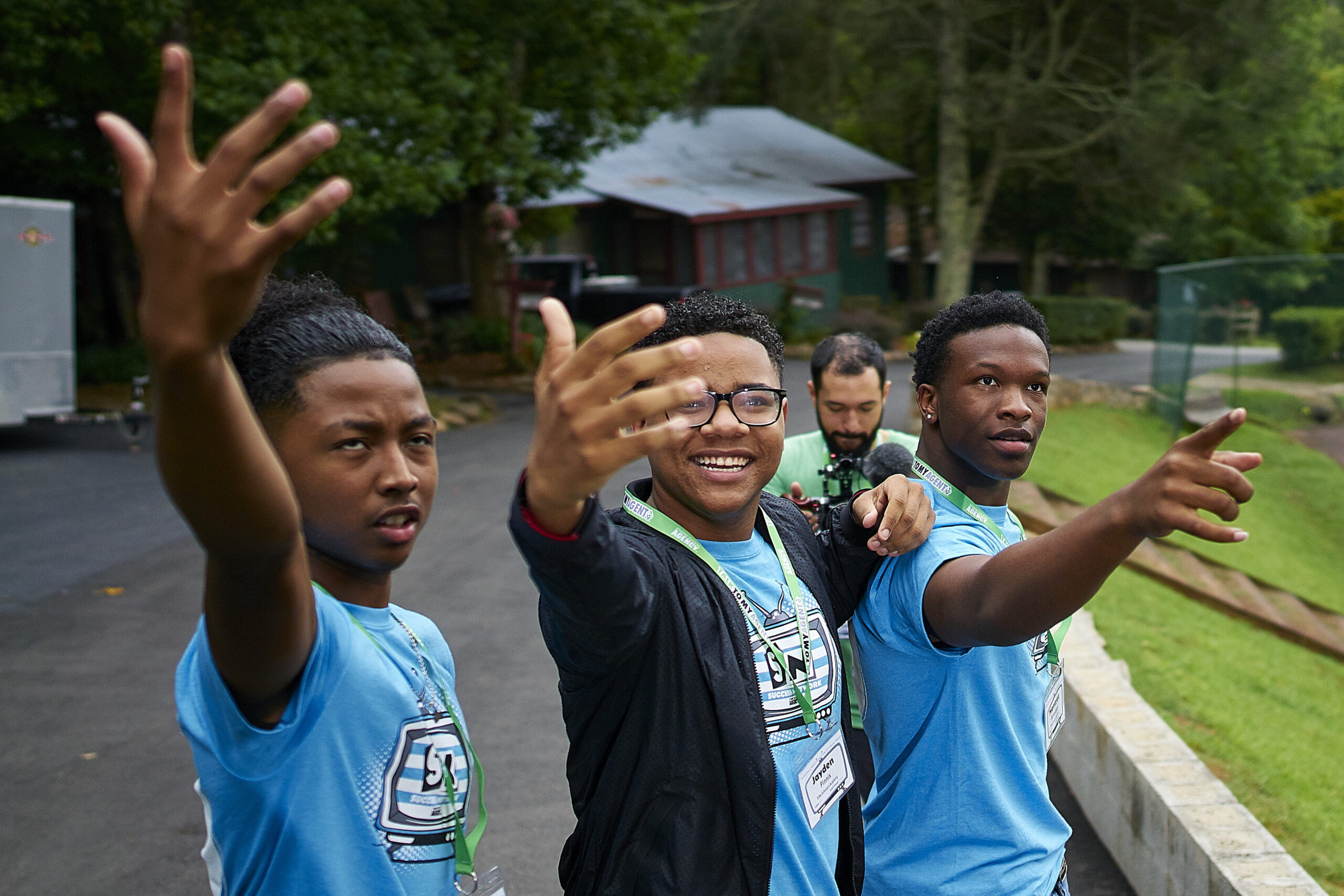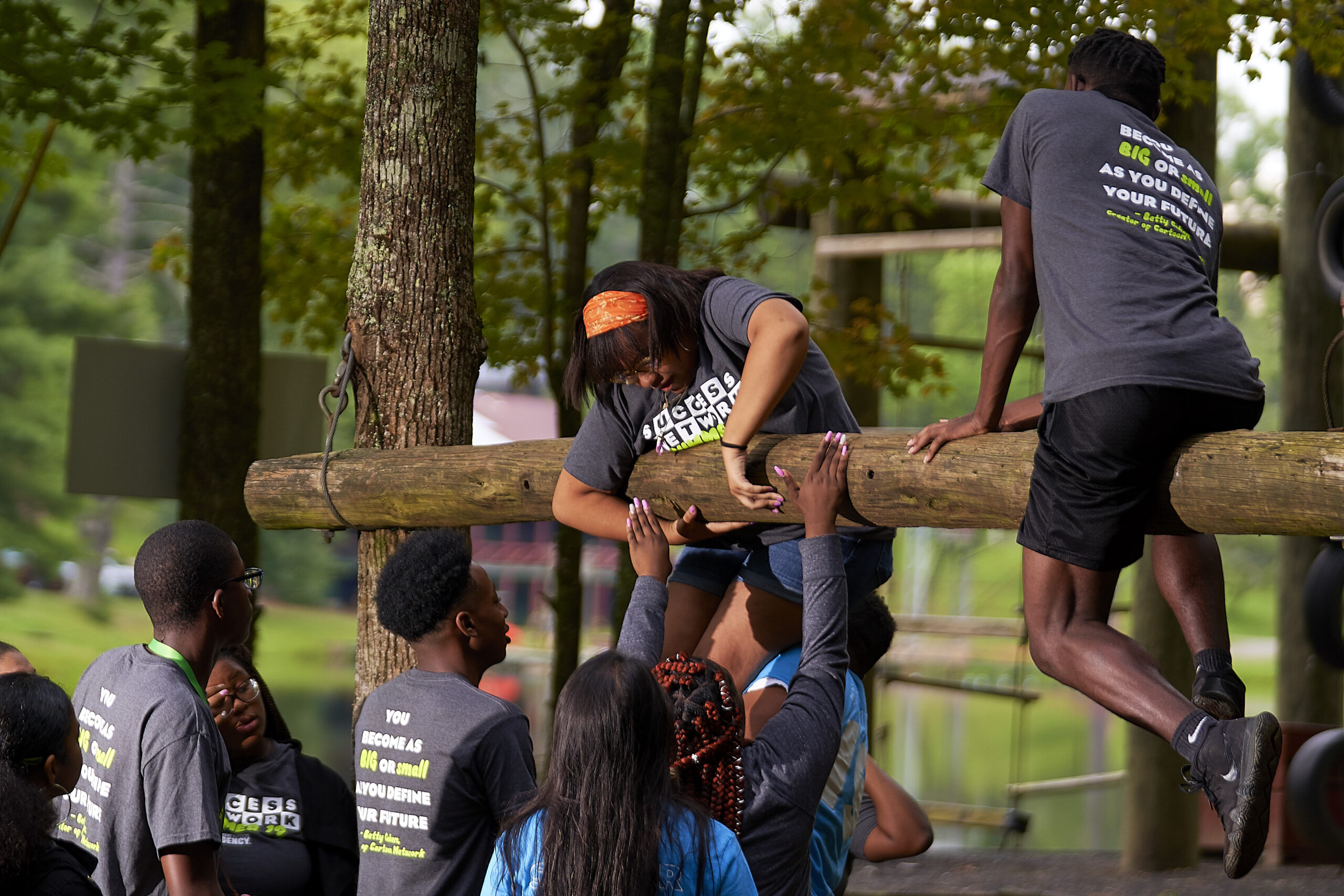COVID-19 brought on a boom in digital services for the education industry. In fact, nearly 93% of families with school-age children engage in some form of distance learning, though the numbers are lower for low-income households. Among families earning $100,000 or more, 85.8% reported using digital tools for distance learning, while only 65.8% of families earning $50,000 or less reported using the same tools.
Still, school districts have found a way to keep students engaged, and they continue to innovate new tools to reach low-income children. Now that we’ve figured out how to deliver education digitally, it’s time to focus on the harder part: delivering a high-quality, well-rounded education when teachers and students aren’t in the same place.
Here’s a look at why chief academic officers are shifting their attention to the whole child approach, what that means in the COVID-19 era, and how you can use your digital student support platform to deliver whole child education.
Shifting Focus as a Chief Academic Officer
The chief academic officer, or CAO, sets the direction and strategic vision of their district’s instruction and pedagogical approach. In the pre-COVID-19 world, they focused on the overall vision of their district.
These days, though, their job is just as much about educational access as pure academic achievement.
According to Whitney Oakley, Chief Academic Officer for Guilford County Public Schools in North Carolina, COVID-19 shutdowns required a major shift in focus.
Now, rather than just educating, her staff also had to focus on communication and dispelling misinformation, as well as teaching teachers how to use technology rather than relying on in-person interactions with students. Yet this was also an exciting opportunity to shift out of the way things had always been done and think about how to educate better.
For Darren Schwartz, Chief Academic Officer of Waterbury Public Schools in Connecticut, the problem had a slightly different tenor.
Waterbury didn’t have the technology infrastructure to handle COVID-19 distance learning and had to build it out, relying on G-Suite and certified Google education. Yet, they also had to teach students how to handle having so much freedom in their academics.
In both cases, each CAO had to find new ways to deliver education—and they’re not alone. CAOs across the country have to find new ways to engage their students.
And this is where the whole child approach can help.
What is the Whole Child Approach to Learning?
The whole child approach is an increasingly popular method among school districts for children of all ages. After all, over 75% of parents feel it’s important for their child’s school to have high expectations of social and emotional development, and the whole child approach can help deliver it.
Picture holistic medicine. Under this medical doctrine, you are not viewed as just a liver or a femur, or an ear, nor are you simply a collection of parts—you’re a complete person whose body works as one continuous system—your health results from how your body works together. The whole child approach follows the same basic philosophy.
Under the whole child approach, a narrow focus on academic achievement is insufficient for student success. The approach recognizes that a child’s complete development—including their social and emotional development—forms the foundation of academic success. Because of this, the whole child approach deliberately carves out time in the school day to teach life skills and create a sense of community among students.
Goals of the Whole Child Model
The goal of the whole child model is not simply academic. Rather than focusing solely on grades, the whole child model aims to create engaged, safe, supported, and well-rounded children who will grow up to become successful and responsible members of our global society.
This is part of why the method is increasingly popular among parents and school districts. For the whole child method, it’s not enough to just teach math or reading. Children also need to learn social, emotional, and behavioral skills that will allow them to navigate their adult lives successfully.
This also makes the whole child model an incredibly important one in this day and age. Under this model, differences are something to be celebrated, and children gain the vocabulary to engage with peers who have different experiences. Teachers are also trained to facilitate conversations around racial equity and cultural competence.
In-Classroom Implementation Strategies
Because the whole child approach takes a different tactic for child education, a curriculum under this approach looks different than traditional education.
For one thing, there is a strong emphasis on collaborative group projects. The approach emphasizes learning by doing, and a school using the approach will focus heavily on hands-on projects. The curriculum is also focused on thematic units, helping students build on interrelated skills.
The Importance of Digital Tools in Education During COVID-19
Of course, many of these lessons rely on in-person learning, and COVID-19 upended the way we approach education.
Many of us hoped that fall 2021 would bring a return to school. For some districts, it did, but for many, it looked a lot like fall 2020. In fact, most parents no longer want their children in school in person. Between the continuing crush of new Delta variant cases and the continued lack of a vaccine for children under 12, in-person education is a risk many parents aren’t willing to take.
The Power of a Digital Student Support Platform
This is where digital support platforms have been critical.
In the past, digital education tools for teachers and students were a way to foster easy information access, readily available information, simplified communication, and multimedia extras to deepen the learning experience. In the COVID-19 era, digital tools in education aren’t nice extras—they’re the entire foundation of a student’s school year. Without the ability to go to school safely, teachers and students can only connect through digital platforms.
So, school districts and higher education institutions rose to the challenge.
Initially, the school was an awkward march of Zoom meetings while districts assumed the pandemic would be over quickly. Now, though, schools have invested in digital platforms for long-term student success. It’s not quite the same as being in a classroom, but digital tools can give teachers many of the same functional techniques.
For example, many schools now rely on a variety of digital platforms to create and grade quizzes, to upload assignments, to record video and audio, to brainstorm, to collaborate, to present, and to provide feedback. Some schools rely on a hodgepodge of tools, while others have invested in full-package digital platforms so that they can give students all the tools they need in one easy dashboard.
The net result is a complete, highly functional classroom where teachers can deliver critical lessons each day.
How Digital Support Enables Whole Child Education
While it’s easy to focus on the basic functionality of digital education (i.e., delivering the lesson), the truth is that digital education can also enable whole child education.
Once teachers have the essential functionality to deliver lessons, digital support can easily be adapted to deliver whole child education. In some respects, digital tools in education actually provide access to the child’s complete life in a way that classroom learning doesn’t.
The good news is that many of the tools used to foster engagement in a digital learning environment are well-suited to whole child education. Collaboration tools are among the most important, as these allow teachers to foster the sense of community that they would have built in the classroom. For children, this also enables connection in a time when every child is yearning to see their friends and connect with people outside their immediate family.
Using Digital Services to Deliver Whole Child Education
Is your district ready to deliver whole child education in the digital world? The good news is that with the right tools, you can easily adapt your in-person whole child curriculum to a digital environment. Once you have the right tools, implementation is what’s most important. Here are a few ideas to help you get started.
Encourage Balanced Engagement with the Whole Class
The foundation of whole-child education is group projects and collaborative learning. For this reason, your primary focus should be on encouraging balanced engagement with the whole class. This involves a two-step process: encouraging balanced engagement among students and encouraging a balanced approach to schoolwork.
From the student engagement side, you can do this by providing group projects and tools for engagement. The trick is not just for students to engage with the teacher but also with each other. For example, they should have tools available to engage in conversations with each other, and they should also have shared collaboration tools that allow them to work as groups. But there should also be an infrastructure in place for the whole class to work together on projects.
From the schoolwork side, this is where life skills teaching comes in. A teacher trained in whole child education can help teach their students healthy, well-balanced study skills so that they can tackle their work while also tending to their emotional and social wellbeing. These conversations can also be built into the class curriculum—and during the COVID crisis, they’re more important than ever.
Establish Communication Requirements and Expectations
That said, the boom in digital education tools also comes at a time when students have less structure than ever. In previous years, they had clear expectations: they got up and went to school each morning, worked on school during the day, came home, did their homework, and carried on with their lives. These days, home and school are the same place, and for many students, it’s difficult to enforce self-discipline.
For this reason, teachers need to be proactive about establishing communication requirements and classroom expectations. Just because students are at home does not mean they have a free pass on school, and learning self-discipline is an essential life skill that will serve them well as adults.
Digital Services for the Education Industry
We live in a time when digital services for the education industry face more challenges than ever before but also more opportunities for innovation. Our job is to help you deliver the education your students deserve.
Our approach envisions a world where every student can access the support they need when they need it. For us, that means digital infrastructure, safety, and uniqueness. That way, every child has their unique needs recognized and met. Our platform provides a solution that enables educators to deliver people-driven solutions to their students because, at the end of the day, people will be the ones to transform education for the better.
Ready to invest in the success of your students? Book your platform demo today.
